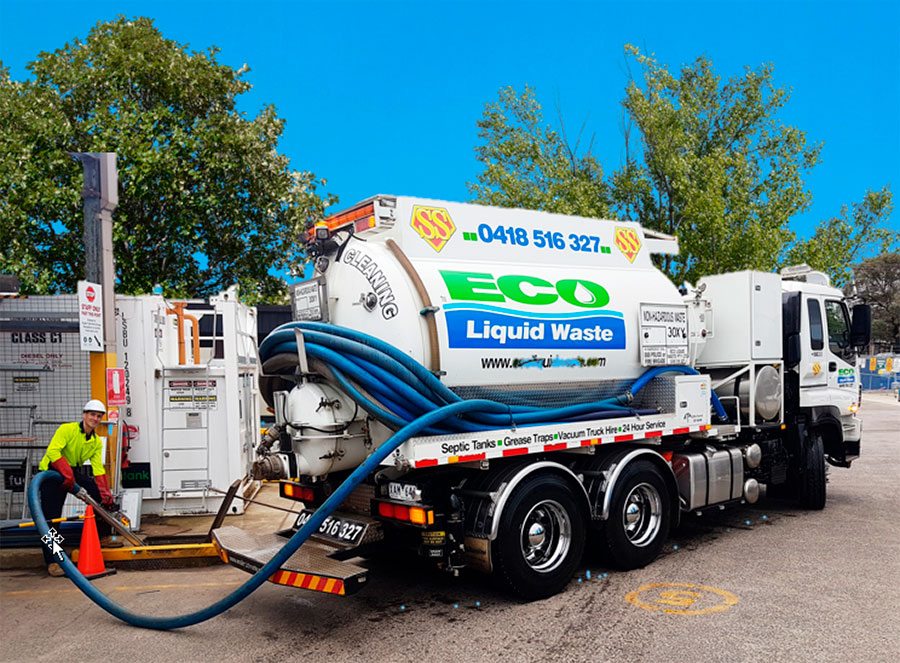Little Known Facts About Reclaim Waste.
Little Known Facts About Reclaim Waste.
Blog Article
The smart Trick of Reclaim Waste That Nobody is Talking About
Table of ContentsReclaim Waste - QuestionsReclaim Waste Things To Know Before You Get ThisLittle Known Questions About Reclaim Waste.Examine This Report on Reclaim WasteThe 5-Second Trick For Reclaim Waste
Explore the kinds, incidents, and forms of fluid waste. Residential sewage waste describes the waste and products from a residential sewage-disposal tank. This type of waste is developed by humans in residences, institutions, and various other buildings. This only consists of sewage-disposal tanks that have a drainpipe field. The correct management and disposal of residential sewer waste need fluid waste to be transferred to a sewer treatment plant where the appropriate approaches and devices are used to purify and dispose of waste.
Business waste typically consists of possible hazards, such as flammable products or a combination of liquid and strong waste products, and requires an advanced and comprehensive disposal procedure. The disposal of business waste typically involves the filtering of waste prior to transport to make certain safe and proper disposal. Industrial waste is produced from by-products and overflow of commercial procedures and manufacturing.
This type of waste can not utilize the very same sewer monitoring transport or procedures as septic or business fluids. The commercial waste monitoring procedure calls for the examination and screening of fluid waste prior to it goes through the disposal procedure (liquid waste removal). Overflow waste is the liquid waste that originates from drainage and excess stormwater in very booming locations or cities
Drainage waste can trigger contamination and flooding if not dealt with correctly. Making certain proper waste administration can stop calamities and reduce ecological injury.
Indicators on Reclaim Waste You Need To Know
Get in touch with PROS Services today to find out regarding our waste monitoring and disposal services and the correct ways to look after the liquid waste you create.
(https://www.openstreetmap.org/user/reclaimwaste1)This supposed 'wastewater' is not only a crucial source however, after therapy, will be launched to our land, rivers or the ocean. Utilized water from commodes, showers, baths, kitchen area sinks, washings and industrial processes is recognized as wastewater.

water utilized to cool down machinery or clean plant and devices). Stormwater, a kind of wastewater, is runoff that streams from farming and urban areas such as roofings, parks, gardens, roads, paths and seamless gutters right into stormwater drains, after rain. Stormwater streams untreated directly to regional creeks or rivers, at some point getting to the ocean.
Reclaim Waste Can Be Fun For Anyone
In Queensland, the majority of wastewater is dealt with at sewage treatment plants. Wastewater is transferred from domestic or commercial sites through a system of sewage systems and pump terminals, understood as sewerage reticulation, to a sewer treatment plant.
The Division of Natural Resources encourages city governments concerning handling, operating and maintaining sewage systems and therapy plants. In unsewered areas, local federal governments may require owners to install specific or household sewage therapy systems to deal with domestic wastewater from commodes, kitchen areas, washrooms and washings. The Department of Natural Resources authorizes using home systems when they are confirmed to be efficient.
In some you could check here brand-new class, treatment of some stormwater to get rid of litter, sand and crushed rock has begun making use of gross pollutant catches. Wastewater therapy happens in 4 phases: Removes solid matter.
Wastewater then streams right into large storage tanks where solids resolve and are removed as sludge. Grease and residue are skimmed from the surface area. Uses tiny living microorganisms recognizes as micro-organisms to break down and remove continuing to be liquified wastes and fine particles. Micro-organisms and wastes are integrated in the sludge. Gets rid of nitrogen and phosphorus nutrients that can cause algal flowers in our rivers and intimidate aquatic life.
An Unbiased View of Reclaim Waste
Nutrient removal is not offered at all sewage therapy plants since it requires pricey specialized devices. Clear liquid effluent generated after therapy may still contain disease-causing micro-organisms - liquid waste disposal.

Many wastewater streams right into the sewage system. Under the Act, neighborhood governments administer approvals and permits for environmentally relevant tasks (Periods) involving wastewater releases that may have a regional influence.
The smart Trick of Reclaim Waste That Nobody is Discussing
Monitoring supplies accurate information concerning water top quality and can validate that permit problems are being met. The details gotten with tracking gives the basis for making water high quality choices.
Report this page